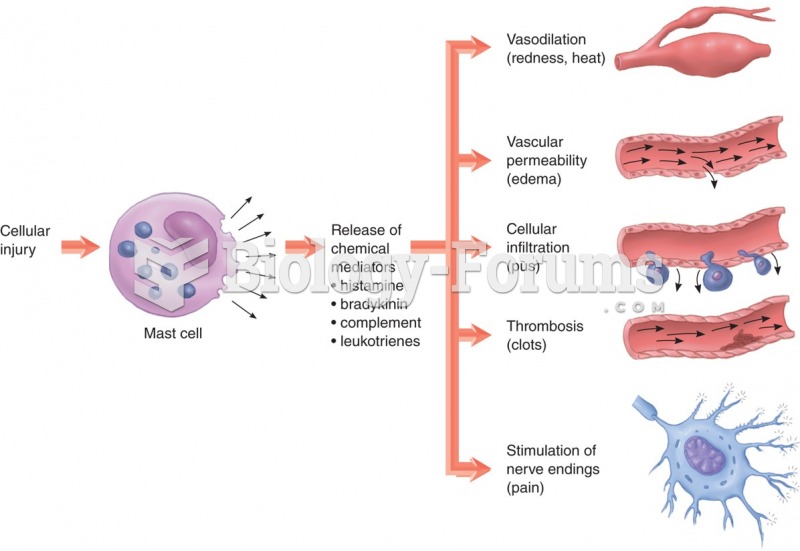Answer to Question 1
Step 1: Develop strategic plan
The most effective way to initiate a MSSP process is to take the time to map out a formal plan for the design and implementation of the process itself. Included here is the creation of a cross-functional planning group to guide and oversee the overall strategic sourcing process, and the identification of key members of the strategic sourcing team. Also, there should be consensus on the scope and design of the MSSP process, which must include a preliminary understanding of what types of products and services may be within the responsibility of this initiative.
Step 2: Understand Spend
the planning group needs to develop a baseline understanding of what products and services are being procured, what purposes they serve, the financial implications of these purchases, etc. This needs to include a formal spend analysis that is designed to understand spend by supplier, category, and internal user and to profile current sourcing approaches and areas for improvement.
Step 3: Evaluate Supply Source
This critical step involves making sure that all potential sources of supply are identified and that useful mechanisms are in place for meaningful comparisons of alternative supply sources.
Step 4: Finalize Sourcing Strategy
Prior to embarking on the step of supplier selection, it is important to fully develop a sourcing strategy that defines the parameters of the process and the steps to be followed. Of particular interest in this process are the steps related to initial supplier research and screening, development of a responsive request for information (RFI) and request for proposal (RFP), site visits with follow-up discussions, and supplier selection.
Step 5: Implement Sourcing Strategy
This step begins with an evaluation of the suppliers that remain following the RFI and RFP processes and culminates in the award of a contract.
Step 6: Onboarding and Transitioning
Important elements of this step are the finalization of the contractual agreement, planning the transition process, and receipt or delivery of the product or service. This activity occurs with the first attempt by the supplier or suppliers to satisfy the user's needs. The completion of this activity also begins the generation of performance data to be used for the next step in the strategic sourcing process.
Step 7: Collaborative Process Improvement
A very important step in the strategic sourcing process is the measurement and improvement of supplier performance. This involves making a post-purchase performance evaluation.
Answer to Question 2
c







